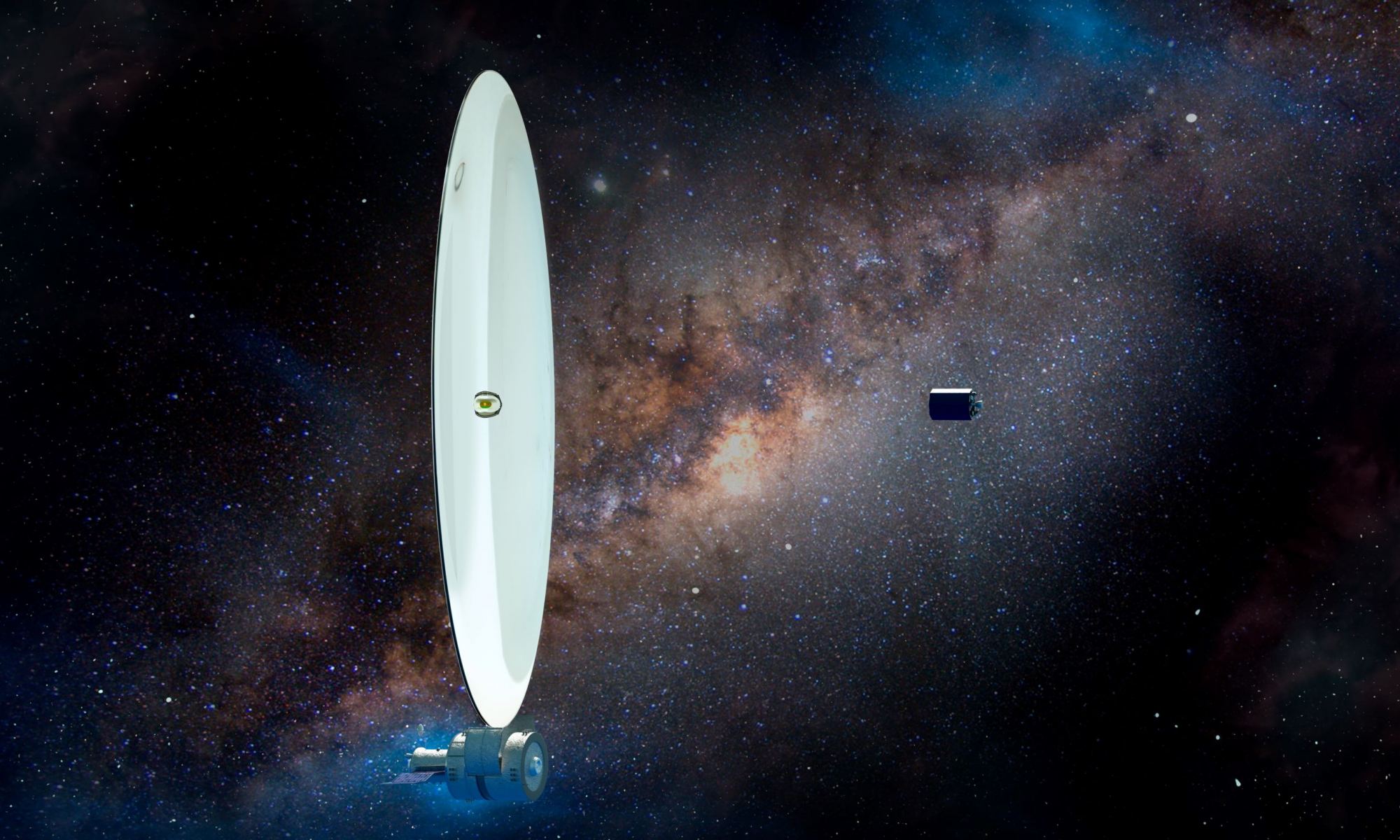The Hubble space telescope has a primary mirror of 2.4 meters. The Nancy Grace Roman telescope has one at 2.4 meters and the James Webb Space Telescope has a whopping 6.5 meter primary mirror. These are all fine and well to get the job done that they were designed for, but what if… we could have even bigger mirrors?
The larger the mirror, the more light is collected. This means that we can see farther back in time with bigger mirrors to observe star and galaxy formation, image exoplanets directly, and to work out just what dark matter is.
But the process for creating a mirror is involved and takes time. There is casting the mirror blank to get the basic shape. Then you have to toughen the glass by heating and slow cooling. Grinding the glass down and polishing it into its perfect shape comes next followed by testing and coating the lens. This isn’t so bad for smaller lenses, but we want bigger. Much bigger.
Enter the idea for using fluids to create lenses in space that are 10x – 100x bigger. And the time it would take to make them would be significantly less than a glass-based lens.
Continue reading “Giant Space Telescopes Could Be Made Out of Liquid”
